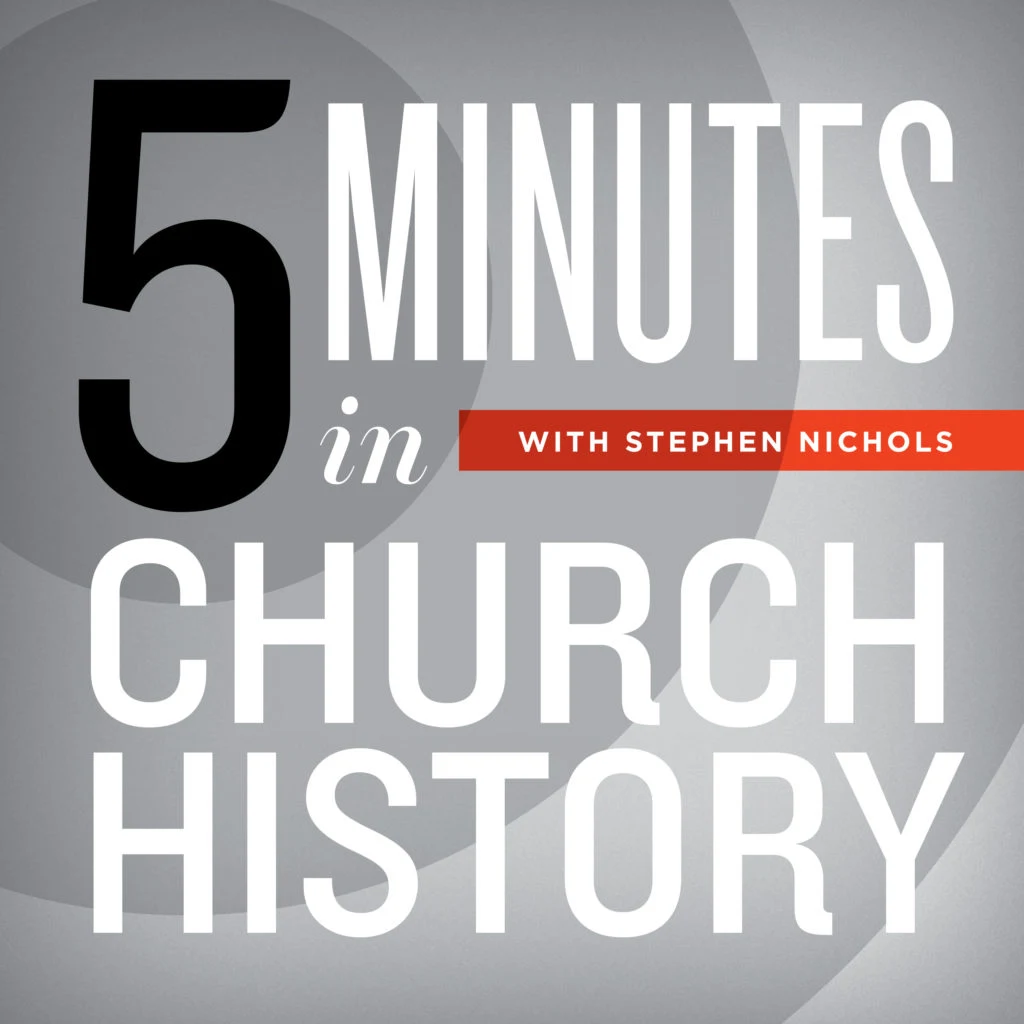5 Things About the Megiddo Mosaic

In AD 230, Christians in Galilee left behind a remarkable testimony to their faith in Christ. Today, Stephen Nichols examines the Megiddo Mosaic, uncovering five insights it provides into early church life.
Welcome back to another episode of 5 Minutes in Church History. Last week we introduced the Megiddo Mosaic, and we are returning this week to the Megiddo Mosaic to talk about five things. There's probably fifty things we can say about this find, but let's limit ourselves to five.
First, it is signed by the artist. Quote, “Brutius has carried out the work,” it says. So far, only about a hundred or so mosaics have been uncovered that have been signed by their work. Of course, there were thousands of these mosaics created, and it was quite a process. You'd first have to prepare the ground, you'd have to make sure that it was perfectly level, and then they'd come in and put a layer of plaster over that ground floor. And then someone would come along and draw the designs into the plaster, and then you would have the final piece of the puzzle. You would arrange the tiles. These tiles were called Tesserae, and a Tesselarius was a mosaic floor maker, and so the maker of the Megiddo Mosaic was Brutius.
The second thing about this mosaic is that it mentions a centurion. One of the panels says, “Gaianos, also called Porphyrus, centurion, our brother, has made the mosaic at his own expense as an act of generosity.” Let's pause here for a moment. It's 230. Christianity is illegal. Gaianos (that's his Latin name), Porphyrus (that's his Greek name), He is a centurion and he funded—he is the donor behind—this mosaic, and he's called our brother. He's a Christian, so that's remarkable.
Third thing about the mosaic is the fish medallion inside an octagon. It's the biggest thing. It catches your eye as you look at the mosaic. There's no cross as a symbol. We’re long before the Chi-Rho Symbol that is ubiquitous across Europe and the Mediterranean world, but we have this ancient symbol of the Christian church of the fish. This is two fishes. They are identified as a sea bass and as a tuna. I'll take their word for it.
The fourth thing that we find in the mosaic is the table. It is in the center of the room. It is the focal point, and the suggestion is that this was for the Lord's Supper and for the celebration of the Lord's Supper. And at the center of this prayer hall, church building, is the table.
And then the fifth thing, and this is remarkable on so many levels, it has to do with the table. It's another one of the panels that has another inscription that identifies one of the members of that church and one of the benefactors of that church. It says, “The god-loving Akeptous has offered the table to God, Jesus Christ, as a memorial.” Akeptous, this Christian woman, likely of means, she donated the table that is there at the center of the church. She's identified as God-loving and she offers the table (and I hope you caught this), she offers the table to “God, Jesus Christ.” Now this is the earliest archeological evidence that ascribes deity to Jesus Christ, and it is there on the Megiddo Mosaic.
So we have the artist signed and recognized. We have the centurion recognized who donated for the mosaic to be made in the first place. We've got the fascinating fish medallion in the center of it. There's the table, and then we have this mention of Akeptous. There are some other things that are to be said about the Megiddo Mosaic and even the insight that the Megiddo Mosaic gives us into early church life and into that region. Megiddo, if you recall, is about 35 kilometers to the south of Nazareth. This is right in the area of Galilee. This is where Jesus had his significant public ministry, and as this church is a witness there, we have a vibrant Christian community, building this church in 230 AD.
Well, that's “5 Things About the Megiddo Mosaic.” And I'm Steve Nichols and thanks for joining us for 5 Minutes in Church History.
Recent Episodes
A Little Church History of a Middle Colony: Early Influences
December 10, 2025|American Church History
Gunpowder and a Proclamation
December 3, 2025|Geographical Perspectives
Thanksgiving in Church History
November 26, 2025|American Church History
3 Sermons on the Hallelujah Chorus
November 19, 2025|General Church History
Charles Jennens’ Libretto
November 12, 2025|General Church History
Cyprian of Carthage: Crisis in the 3rd Century
November 5, 2025|General Church History
